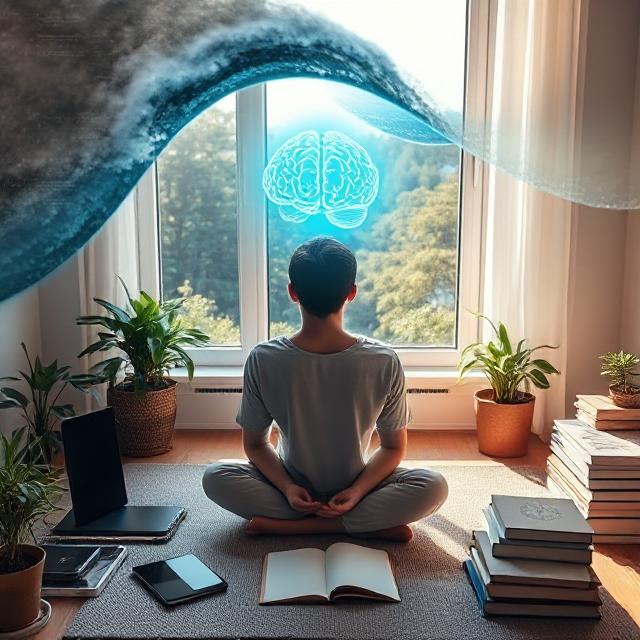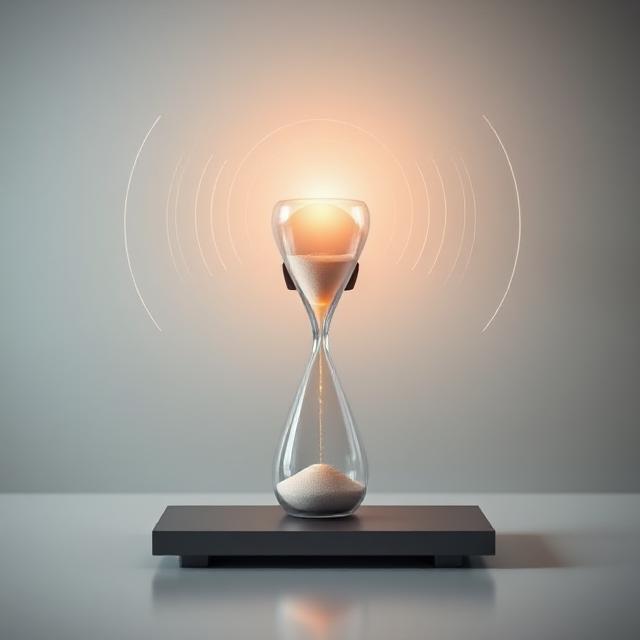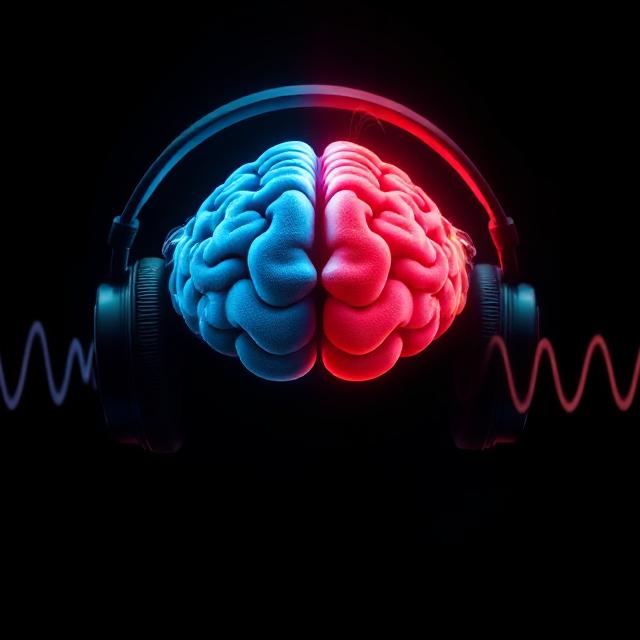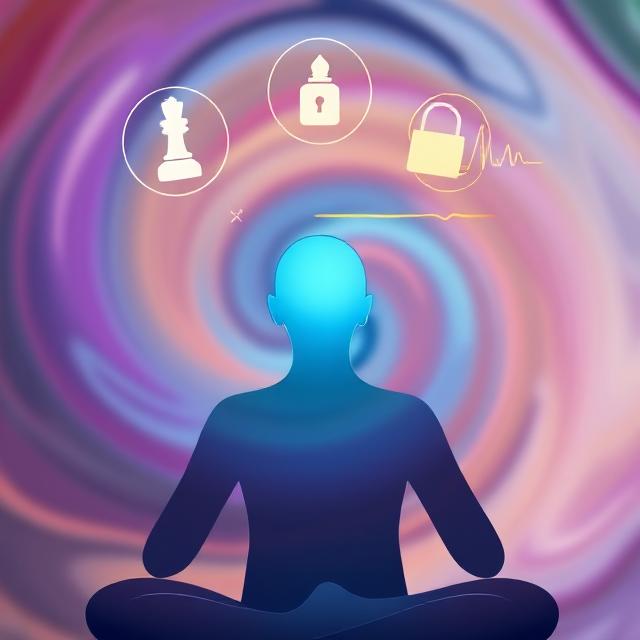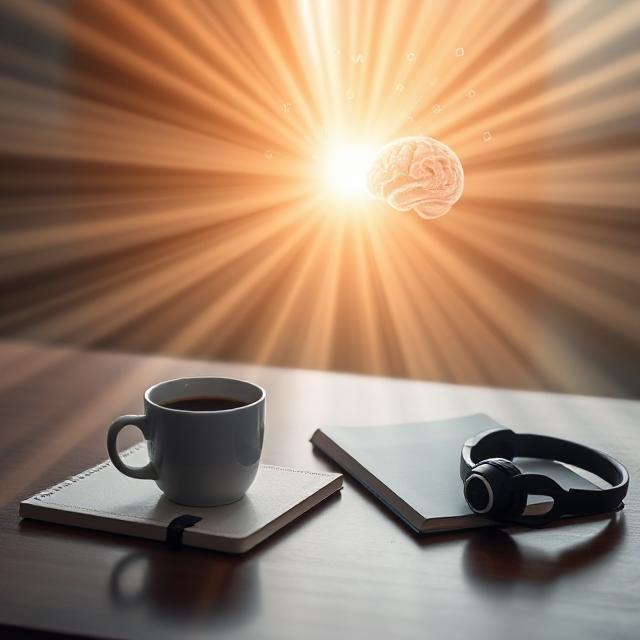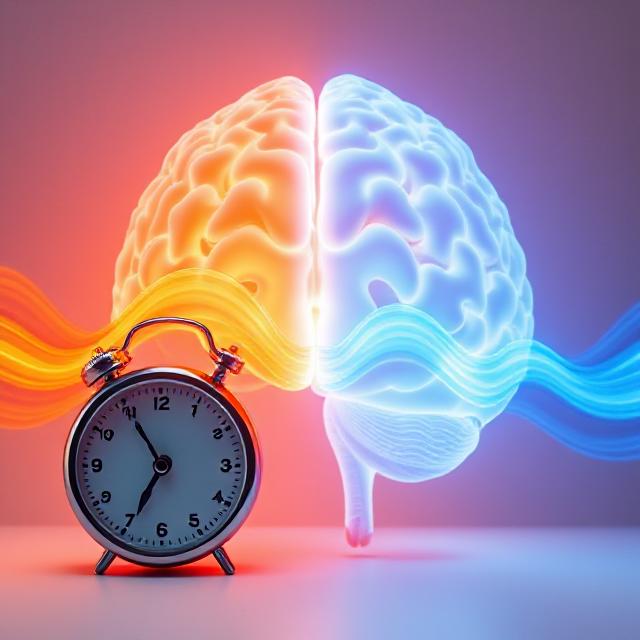Table of Contents
Focus Hacks: How to Trigger Cognitive Flow on Demand
Flow is not magic.
It’s not luck, or random alignment.
Cognitive flow is a reproducible brain state—a rhythmic phase of deep focus, effortless effort, and elevated cognition.
This state is where distraction disappears.
Time dilates.
Tasks feel fluid and even euphoric.
You’re not “thinking hard,” you’re thinking well.
This page offers practical, neuroscience-rooted focus hacks that unlock this state intentionally, without stimulants or burnout.
What Is Flow, Scientifically?
Coined by psychologist Mihaly Csikszentmihalyi, flow is defined as:
“A state of deep immersion in a task where the challenge level and your skill level are perfectly matched.”
Under EEG, flow is a unique hybrid:
- Alpha (8–12 Hz) at the edges, allowing calm absorption
- Low Beta (12–18 Hz) at the center, giving focused control
- Bursts of Gamma (30–100+ Hz) when insights or connections fire
Your nervous system becomes a feedback loop of sustained engagement.
But to get there, you need structure, not willpower.
7 Proven Focus Hacks to Trigger Flow
Each of the following hacks optimizes one or more neurocognitive gateways to flow: attention, challenge, environment, reward, and rhythm.
1. Use the 90/20 Rhythm
⏳ Hack: Work in 90-minute cognitive blocks with 20-minute full rests.
Why: Your ultradian rhythm peaks every 90–120 minutes. Leverage it instead of fighting fatigue.
Stack: Use this with caffeine taken 20 min before block #1, followed by hydration and light movement before block #2.
2. Do a Task Prep Ritual
Hack: Create a 3-minute pre-task ritual to prime your brain.
Examples:
- Light a specific candle or use a scent (olfactory anchor)
- Put on a “focus” playlist (auditory cue)
- Say a keyword or phrase aloud (verbal command)
- Touch a specific object (tactile cue)
Why: Rituals build automatic neural transitions into task mode.
3. Gamify Your Inputs
Hack: Give yourself micro-challenges (ex: write 500 words in 25 min).
Use visual trackers or countdown timers.
Why: Small stakes + clear goals = dopamine release, which sustains attention and motivation.
4. Control Your Gaze
Hack: Use narrow focus to trigger task mode.
Stare at a single point for 30 seconds → then start work.
Why: Eye convergence triggers the locus coeruleus → releases norepinephrine, increasing vigilance and attention.
Try: A desktop sticker, small visual anchor, or focal point just below screen.
5. Time Your Tasks by Brainwave Zones
⏰ Hack: Align your cognitive load with your natural brainwave states (see Brainwave States).
- Morning (8–11 AM): Beta → Deep work
- Midday (12–2 PM): Alpha → Review, absorb
- Evening (4–7 PM): Theta → Creative synthesis
Why: Don’t fight your natural rhythms. Ride the wave.
6. Stimulate Flow Chemistry
Hack: Use movement + breathing to spike flow neurochemistry.
Protocol:
- Do 2–3 minutes of brisk walking or dynamic movement
- Add 3 rounds of box breathing (inhale–hold–exhale–hold: 4–4–4–4 seconds)
Why: Releases dopamine, endorphins, norepinephrine, anandamide—all involved in flow states.
7. Eliminate “Open Loops” Before You Begin
Hack: Close tabs (mental and digital) before you start.
Write down anything nagging you, even if unrelated.
Why: Your brain has limited working memory. Each “open loop” leaks focus.
Use: A “mental unload” notepad before each session.
Quick-Reference: Focus Hack Matrix
| Hack | Brain Effect | Best Used When… |
|---|---|---|
| 90/20 Rhythm | Aligns with ultradian rhythm | Structuring your entire workday |
| Task Rituals | Anchors focus with consistency | Starting new or complex sessions |
| Gamification | Triggers dopamine flow | Feeling unmotivated or bored |
| Gaze Convergence | Activates norepinephrine spike | You feel scattered or overthinking |
| Brainwave Timing | Works with natural neurostates | Planning your week or study calendar |
| Movement + Breathing | Pumps flow-state neurochemistry | Before a focus sprint or big task |
| Closing Loops | Frees cognitive load | You’re anxious or mentally cluttered |
Bonus: Micro-Environment Hacks
Want to enhance your space for passive flow triggering?
Try these:
- Brown noise or binaural beats at 10 Hz (Alpha) or 16 Hz (Low Beta)
- 5000K daylight LED bulbs for task lighting
- Use real plants—visual green is linked to parasympathetic calm
- Sit with hips slightly higher than knees—postural alignment matters
- Keep phone outside of reach; use app-blockers or grayscale mode
Supporting Research
- Flow triggers validated by The Flow Research Collective
- Ultradian rhythm studied in EEG brain timing research (Lavie, 2001)
- Eye-gaze focus and norepinephrine correlation (Aston-Jones, 2007)
- Breathwork and dopamine release confirmed via HRV and EEG studies
All techniques listed are science-rooted and physiologically consistent, not gimmicks.
Printable Tools Available
Available in Tools & Trackers:
- Focus Sprint Setup Sheet (PDF)
- Daily Rhythm Tracker
- Flow-State Audio Starter Pack
- Distraction Unload Journal Template
Your Next Step
Flow is a biological rhythm—not a productivity trick.
You don’t force it… you invite it.
Choose 2–3 of these hacks, and stack them daily.
Soon, focus will stop feeling like a battle—and start feeling like momentum.

